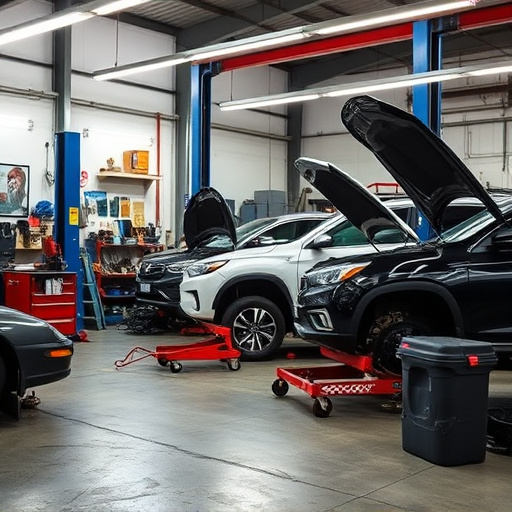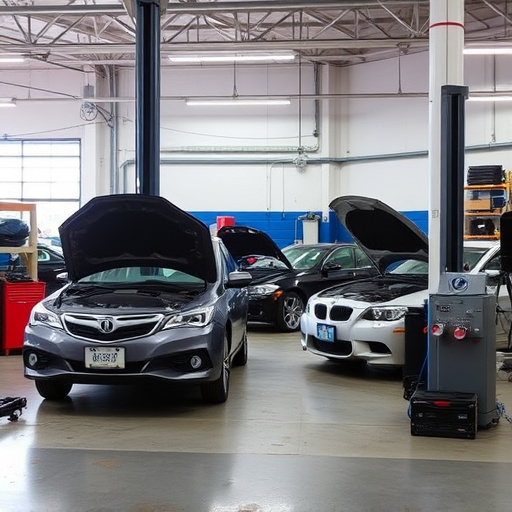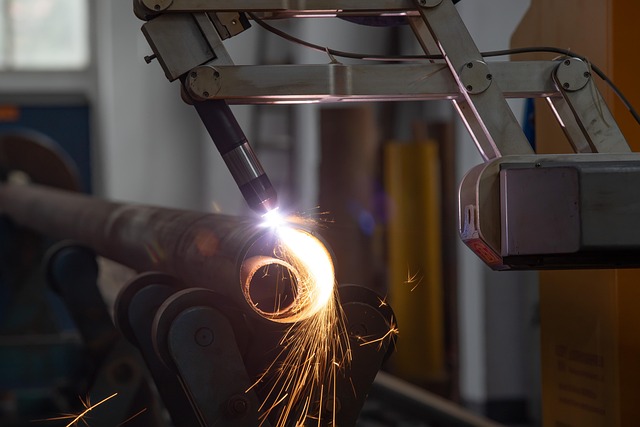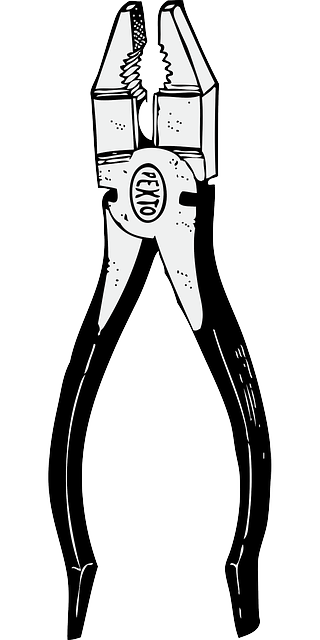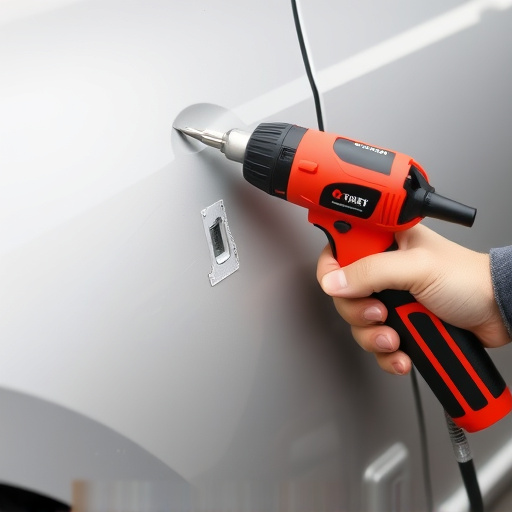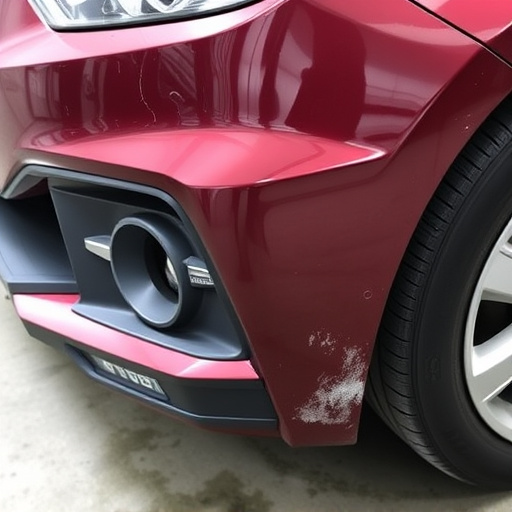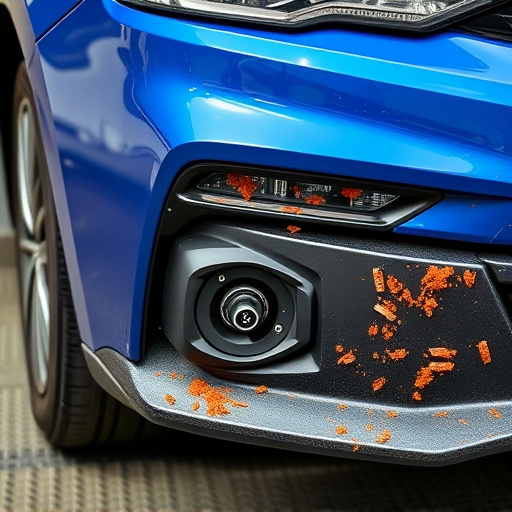Rocker panel replacement is a critical aspect of vehicle maintenance, addressing structural integrity, aesthetics, and collision protection after accidents or wear. Advanced digital tools like CAD systems and 3D models are transforming the process, enhancing precision, efficiency, and cost-effectiveness. These innovations promise to revolutionize auto body restoration with real-time data, predictive analytics, and autonomous repair capabilities in the future, benefiting both repair shops and owners.
In the realm of automotive repairs, precision is key, especially during crucial tasks like rocker panel replacement. This process involves meticulous work near vital components, making accuracy essential. Traditionally challenging, this task has seen a revolution with technological advancements. From digital measuring tools to advanced software, technology now enhances accuracy and streamlines the process. This article explores how these innovations, tailored for rocker panel replacement, benefit technicians and ensure lasting vehicle integrity.
- Understanding Rocker Panel Replacement: The Basics
- Technology's Role in Enhancing Precision
- Benefits and Future Prospects of Digital Tools for Rocker Panel Repairs
Understanding Rocker Panel Replacement: The Basics

Rocker panel replacement is a critical aspect of vehicle maintenance, especially after an accident or signs of wear and tear. This process involves replacing the exterior panels that flank the car’s doors, which are commonly known as rocker panels. These panels play a significant role in a vehicle’s structural integrity and aesthetics. Understanding the basics of rocker panel replacement is essential for both car owners and auto repair services alike, as it ensures the safety and longevity of a vehicle.
When a collision occurs or the original panels show signs of severe damage, a collision repair shop may recommend a full rocker panel replacement. This involves carefully removing the damaged panels and installing new ones that match the vehicle’s make and model precisely. Auto repair services with experienced technicians can perform this task efficiently, ensuring that the replacement panels fit perfectly and align with the vehicle’s overall design. Properly executed rocker panel replacements contribute to a vehicle’s improved appearance, enhanced structural stability, and better protection during future collisions.
Technology's Role in Enhancing Precision

In the realm of automotive repairs, technology has emerged as a game-changer, particularly when it comes to tasks like rocker panel replacement. Advanced tools and software now enable auto collision centers to achieve unprecedented precision during bumper repair and auto body painting processes. These technological interventions include digital measuring tools that capture exact dimensions with just a scan, reducing human error significantly.
Furthermore, computer-aided design (CAD) systems allow for virtual simulations of the rocker panel replacement process, ensuring that every detail aligns perfectly before actual work begins. This not only streamlines the procedure but also leads to more consistent and high-quality outcomes, setting new standards in the auto body repair industry.
Benefits and Future Prospects of Digital Tools for Rocker Panel Repairs

The integration of digital tools into auto body restoration processes, particularly for rocker panel replacement, offers numerous advantages over traditional methods. These tools not only enhance precision but also streamline the entire repair process, making it more efficient and cost-effective. With advanced software and hardware solutions, auto repair shops can now access detailed digital blueprints and 3D models of vehicles, ensuring accurate measurements and fitting during rocker panel replacement. This level of accuracy minimizes waste and the need for multiple adjustments, thereby saving time and resources.
Looking ahead, the future of rocker panel repairs lies in the continued development of these digital tools and their seamless integration into auto body repair workflows. As technology advances, we can expect more sophisticated software capable of generating real-time data, predictive analytics, and even autonomous repair capabilities. These innovations promise to revolutionize auto body restoration, making it more precise, faster, and accessible, ultimately benefiting both auto repair shops and vehicle owners alike.
The integration of technology into rocker panel replacement processes has revolutionized the automotive industry, offering enhanced precision and efficiency. Digital tools have proven their worth by providing step-by-step guidance, virtual simulations, and accurate measurements, ensuring repairs are not just quick but also reliable. As technology continues to evolve, the future of rocker panel replacements looks promising, with advanced AI and VR technologies potentially offering even more sophisticated solutions for mechanics and DIY enthusiasts alike.

